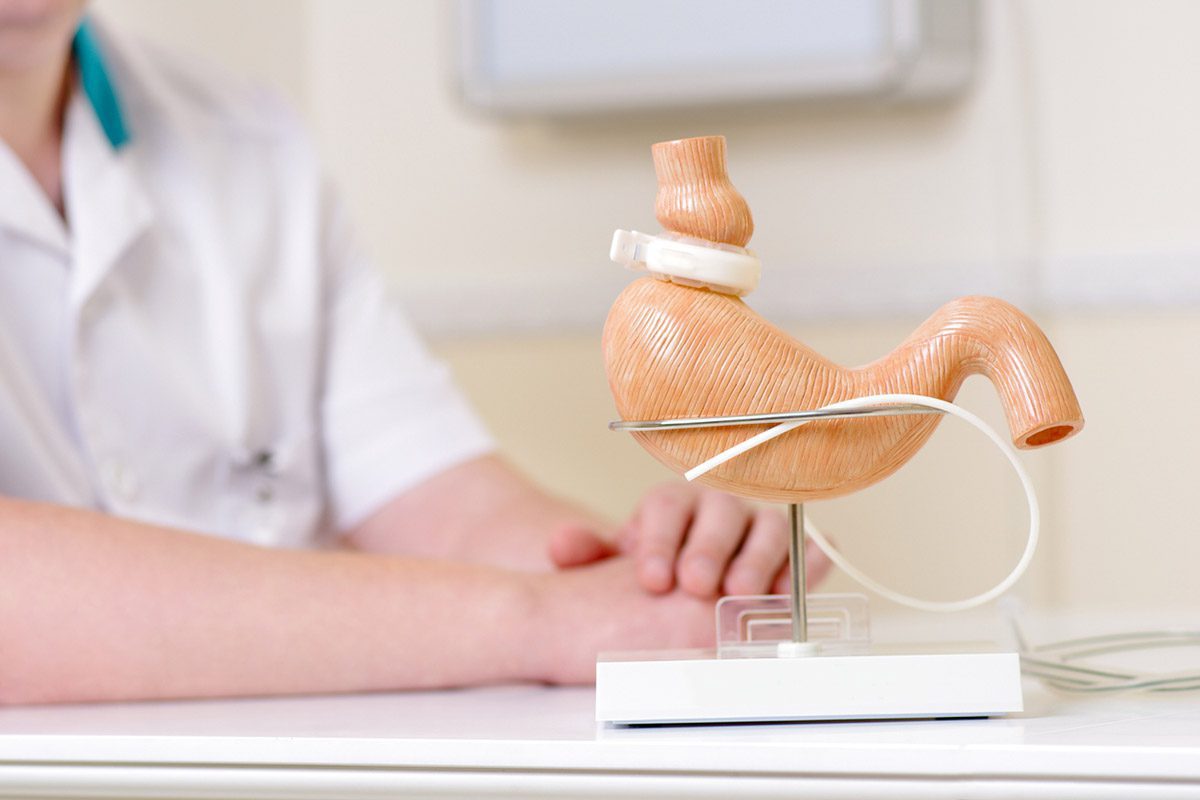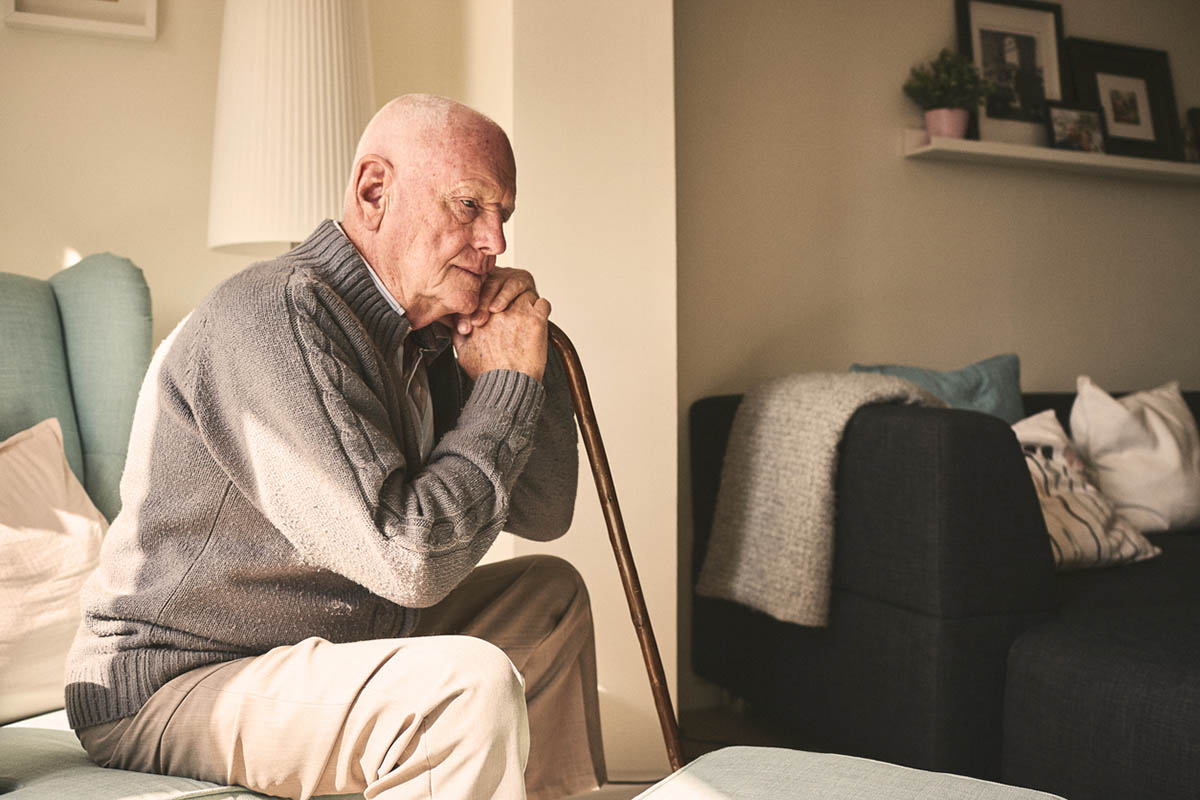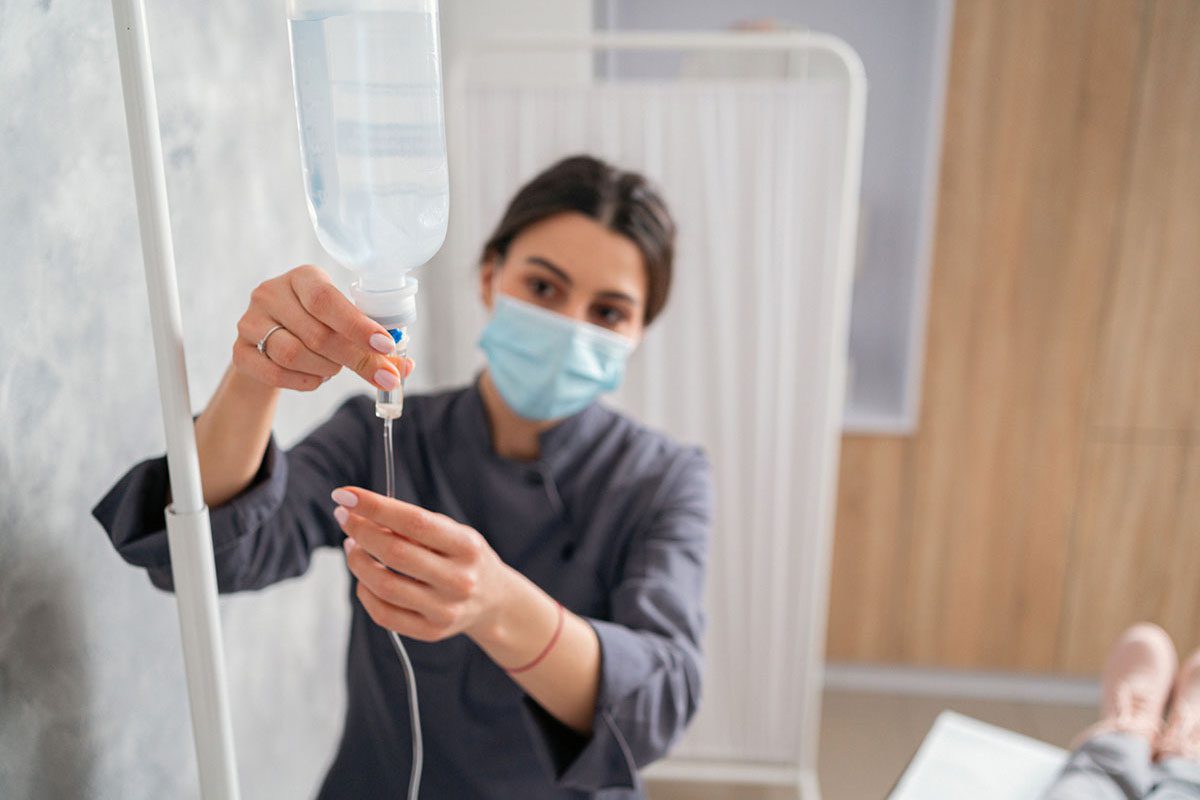Because this piece does not have an abstract, we have provided for your benefit the first 3 sentences of the full text.
To the Editor: We appreciate the interest of Drs Tendler and Gersner in our recent consensus recommendations for the clinical application of repetitive transcranial magnetic stimulation (rTMS) in the treatment of depression. They raise 7 points about the consensus recommendations. Regarding their first point about combining rTMS with medication, we clarify that while published data suggest that the combination of rTMS and current pharmacotherapy is safe, there is no randomized controlled evidence at present that the combination, relative to rTMS alone, would confer greater response and remission rates.
This work may not be copied, distributed, displayed, published, reproduced, transmitted, modified, posted, sold, licensed, or used for commercial purposes. By downloading this file, you are agreeing to the publisher’s Terms & Conditions.
See letter by Tendler and Gersner and article by McClintock et al
To the Editor: We appreciate the interest of Drs Tendler and Gersner in our recent consensus recommendations for the clinical application of repetitive transcranial magnetic stimulation (rTMS) in the treatment of depression.1 They raise 7 points about the consensus recommendations. Regarding their first point about combining rTMS with medication, we clarify that while published data suggest that the combination of rTMS and current pharmacotherapy is safe,2 there is no randomized controlled evidence at present that the combination, relative to rTMS alone, would confer greater response and remission rates.
Regarding their second and third points about the antidepressant treatment resistance level that characterized the sample in the industry-sponsored H1-coil randomized controlled clinical trial,3 we note that Table 1 in the published report by Levkovitz et al indicated that 21.8% and 20.7% of participants in the active deep-TMS and sham groups, respectively, failed 3 or more medications.3 Drs Tendler and Gersner suggest that participants from the Levkovitz et al3 study were comparable to patients treated in step 4 of the Sequenced Treatment Alternatives to Relieve Depression (STAR*D) study.4 While open-label and randomized controlled clinical trials may generate different clinical outcomes, we maintain that the Levkovitz et al3 study sample may be comparable to STAR*D patients in either step 3 or step 4 since many patients in step 1 of the STAR*D study (n = 3,057) had received prior treatment for their current depressive episode before entering the study.5
Regarding the fourth point, Drs Tendler and Gersner object to the recommendation for physical examination in rTMS patient care. However, the American Psychiatric Association (APA) Practice Guideline for the Treatment of Patients With Major Depressive Disorder6 indicated that pretreatment evaluation should include identification of medical disorders that may contribute to the patient’s presentation or complicate care. Moreover, the APA Practice Guideline6 further recommended coordination of care between the psychiatrist and other health professionals, such as a primary care provider, who may be performing physical examinations. Thus, we recommend that a targeted physical examination (either newly conducted or previously conducted and documented in the medical record) be a component of the pre-rTMS treatment evaluation to provide the prescribing clinician with, in addition to the medical history, sufficient knowledge to make informed medical decisions and ensure medical safety and necessity of rTMS.7,8
We agree with their fifth point that informed consent is a process and not a form, and we recommend that the informed consent process be documented, which includes the written informed consent form. Moreover, informed consent is part of standard clinical care,9 and we clarify that reconsenting is necessary when there has been a change in treatment protocol, risks, or benefits related to rTMS antidepressant treatment.10
In their sixth point, Drs Tendler and Gersner note that the patient’s motor threshold should be assessed on a daily basis. We disagree with daily checking of the motor threshold, as there is only 1 study of this11 and otherwise little evidence to suggest that the motor threshold is unstable over a standard rTMS treatment course (eg, 4-6 weeks). Rather, we recommend that the motor threshold be established before starting rTMS and rechecked if there has been a clinical event or change in medication that could alter the seizure threshold.
To their seventh point, we disagree that “patients with implanted vagal nerve stimulation devices’ ¦can be treated with rTMS with no safety concerns.” While it is generally safe to use rTMS in patients treated with VNS as long as the TMS coil is not activated near the implanted VNS device and leads,12,13 we recommend caution given the limited safety data and coordination with clinicians experienced in the application of VNS therapy to review contraindications to rTMS and/or to monitor the functioning of the VNS device.
It has been almost a decade since the US Food and Drug Administration cleared rTMS for the treatment of depression in adults. Over that time period, the clinical use of rTMS has increased, and, as the letter by Drs Tendler and Gersner points out, the practice of rTMS is in clear need of consensus guidelines to standardize quality, evidence based, clinical care. We appreciate the comments by Drs Tendler and Gersner as they highlight a number of practical issues that clinicians may have with varying standards of care, and we hope our consensus recommendations will serve as a vehicle to advance and inform these discussions.
References
1. McClintock SM, Reti IM, Carpenter LL, et al; National Network of Depression Centers rTMS Task Group, American Psychiatric Association Council of Research Task Force on Novel Biomarkers and Treatments. Consensus recommendations for the clinical application of repetitive transcranial magnetic stimulation (rTMS) in the treatment of depression. J Clin Psychiatry. 2018;79(1):16cs10905. PubMed CrossRef
2. Carpenter LL, Aaronson ST, Clarke GN, et al. rTMS with a two-coil array: safety and efficacy for treatment resistant major depressive disorder. Brain Stimul. 2017;10(5):926-933. PubMed CrossRef
3. Levkovitz Y, Isserles M, Padberg F, et al. Efficacy and safety of deep transcranial magnetic stimulation for major depression: a prospective multicenter randomized controlled trial. World Psychiatry. 2015;14(1):64-73. PubMed CrossRef
4. Rush AJ, Trivedi JH, Wisniewski SR, et al. Bupropion-SR, sertraline, or venlafaxine-XR after failure of SSRIs for depression. N Engl J Med. 2006;354(12):1231-1242. PubMed CrossRef
5. Rush AJ, Trivedi MH, Wisniewski SR, et al. Acute and longer-term outcomes in depressed outpatients requiring one or several treatment steps: A STAR*D report. Am J Psychiatry. 2006;163(11):1905-1917. PubMed CrossRef
6. Gelenberg AJ, Freeman MP, Markowitz JC, et al; Work Group on Major Depressive Disorder. Practice Guideline for the Treatment of Patients With Major Depressive Disorder. 3rd ed. Arlington, VA: American Psychiatric Association; 2010.
7. Azzam PN, Gopalan P, Brown JR, et al. Physical examination for the academic psychiatrist: primer and common clinical scenarios. Acad Psychiatry. 2016;40(2):321-327. PubMed CrossRef
8. Garden G. Physical examination in psychiatric practice. Adv Psychiatr Treat. 2005;11(2):142-149. CrossRef
9. Grady C. Enduring and emerging challenges of informed consent. N Engl J Med. 2015;372(9):855-862. PubMed CrossRef
10. Miller FG, Colloca L. The placebo phenomenon and medical ethics: rethinking the relationship between informed consent and risk-benefit assessment. Theor Med Bioeth. 2011;32(4):229-243. PubMed CrossRef
11. Zarkowski P, Navarro R, Pavlicova M, et al. The effect of daily prefrontal repetitive transcranial magnetic stimulation over several weeks on resting motor threshold. Brain Stimul. 2009;2(3):163-167. PubMed CrossRef
12. Rossi S, Hallett M, Rossini P, et al; The Safety of TMS Consensus Group. Safety, ethical considerations, and application guidelines for the use of transcranial magnetic stimulation in clinical practice and research. Clin Neurophysiol. 2009;120(12):2008-2039. PubMed CrossRef
13. Phillips NS, Carpenter SL, Carpenter LL. Safe use of repetitive transcranial magnetic stimulation in patients with implanted vagus nerve stimulators. Brain Stimul. 2014;7(4):608-612. PubMed CrossRef
aDepartment of Psychiatry, UT Southwestern Medical Center, Dallas, Texas
bDivision of Brain Stimulation and Neurophysiology, Department of Psychiatry and Behavioral Sciences, Duke University School of Medicine, Durham, North Carolina
cDepartment of Psychiatry and Behavioral Sciences, The Johns Hopkins University School of Medicine, Baltimore, Maryland
dButler Hospital, Brown Department of Psychiatry and Human Behavior, Providence, Rhode Island
eDepartment of Psychiatry and Behavioral Sciences, Emory University School of Medicine, Atlanta, Georgia
fDepartment of Psychiatry, Weill Cornell Medical College, White Plains, New York
gDepartment of Psychiatry, University of Michigan, Ann Arbor, Michigan
hSemel Institute for Neuroscience and Human Behavior, Departments of Psychiatry and Behavioral Sciences and of Bioengineering, University of California at Los Angeles, Los Angeles, California
iDepartment of Psychiatry and Behavioral Sciences, Rowan University School of Medicine, Stratford, New Jersey
jPrairieCare, Rochester, Minnesota
kDepartment of Psychiatry, University of California San Francisco School of Medicine, San Francisco, California
lDepartment of Psychiatry and Psychology, Mayo Clinic, Rochester, Minnosota
mPsychiatric Neurotherapeutics Program, McLean Hospital, Harvard Medical School, Boston, Massachusetts
nDepartment of Psychiatry, University of Minnesota, St Louis Park, Minnesota
oDepartment of Psychiatry and Behavioral Sciences, Medical University of South Carolina, Charleston, South Carolina
pRalph H. Johnson VA Medical Center, Charleston, Charleston, South Carolina
Potential conflicts of interest: The authors’ disclosures accompany the original article.
Funding/support: None.
J Clin Psychiatry 2018;79(1):17lr11851a
To cite: McClintock SM, Reti IM, Carpenter LL, et al. Dr McClintock and colleagues reply. J Clin Psychiatry. 2018;79(1):17lr11851a.
To share: https://doi.org/10.4088/JCP.17lr11851a
© Copyright 2018 Physicians Postgraduate Press, Inc.
This PDF is free for all visitors!





